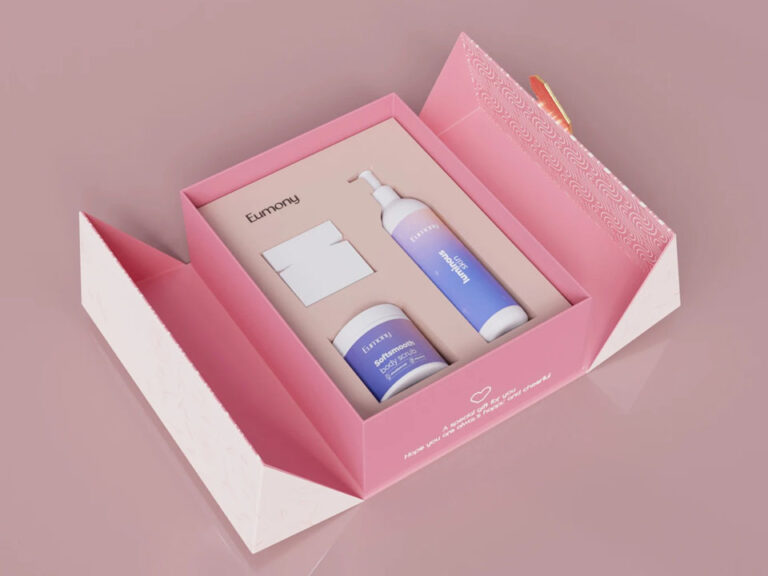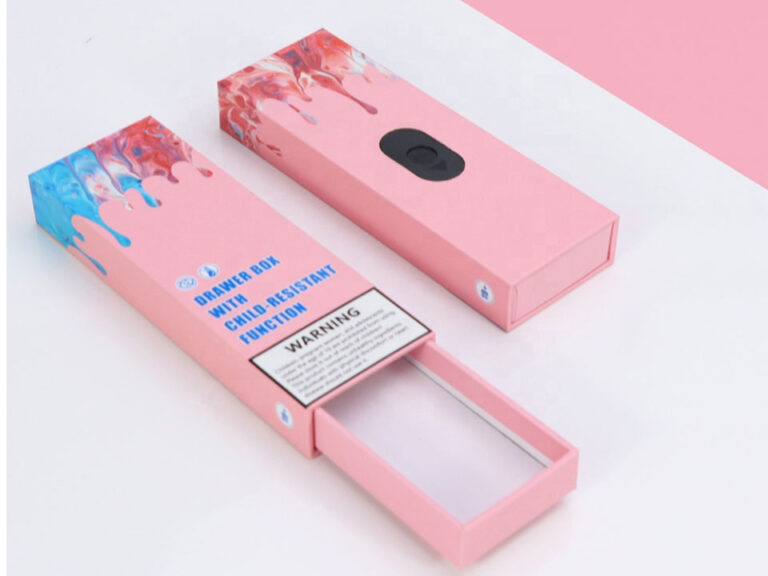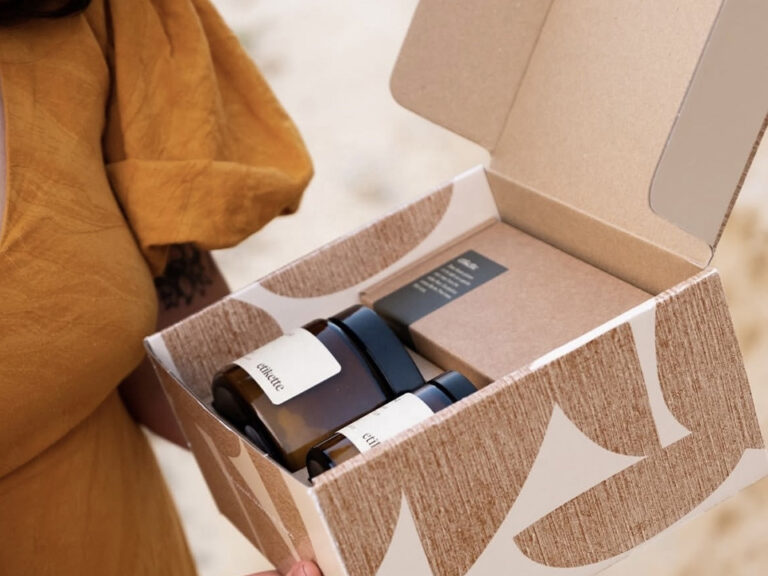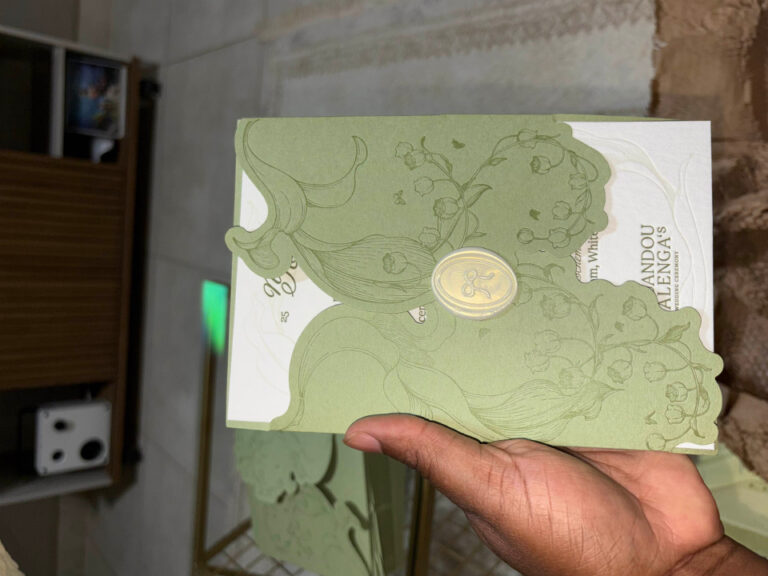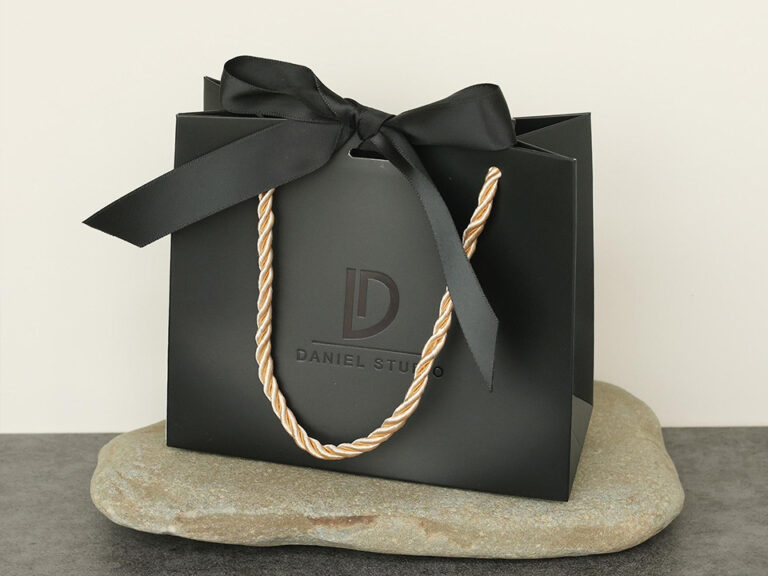Packaging Box Marketing: From Silent Container To Super Medium Of Brand Communication
Abstract
Your box is no longer a bystander. It’s a channel, a touchpoint, a stage that greets a buyer before your website does and lingers on the kitchen counter long after the ad impression fades. Treat packaging as a super medium—one that fuses acquisition, experience, data, and sustainability into a measurable brand engine.
Table of Contents
Symbiotic advertising system: Reconstructing the logic of traffic acquisition
Packaging as an always-on owned media channel
Traditional ads borrow attention. Packaging earns it at zero media rent, standing where purchase decisions and daily use actually happen. When you design for message clarity, hierarchy, and distance legibility, the box acts like retail out-of-home, pushing distinctive assets—color blocks, logo geometry, product promise—into memory. Premium formats such as luxury magnetic gift boxes or collapsible gift boxes amplify shelf presence while reducing logistics volume in storage.
From impression to interaction: drive first-party traffic
Turn every panel into a gateway to deeper engagement. QR and NFC can route shoppers to onboarding, care tips, or exclusive offers; batch codes can unlock provenance stories. A simple call-to-action placed near the opening seam earns the scan at the exact moment of curiosity. For campaigns, pair hero claims on the lid with scannable “proof points” inside. Consider tactile upgrades on categories with gifting intent—foil, soft-touch, and ribbon pulls on paper gift boxes convert attention into shareable moments that send users back to your site.
Retail–eCommerce synergy
Your packaging copy should be search-informed. Use the same phrasing your product page ranks for, then echo it on cartons and mailers. On DTC shipments, custom printed corrugated boxes carry your value proposition to doorsteps and neighbors—social proximity that paid ads can’t buy.
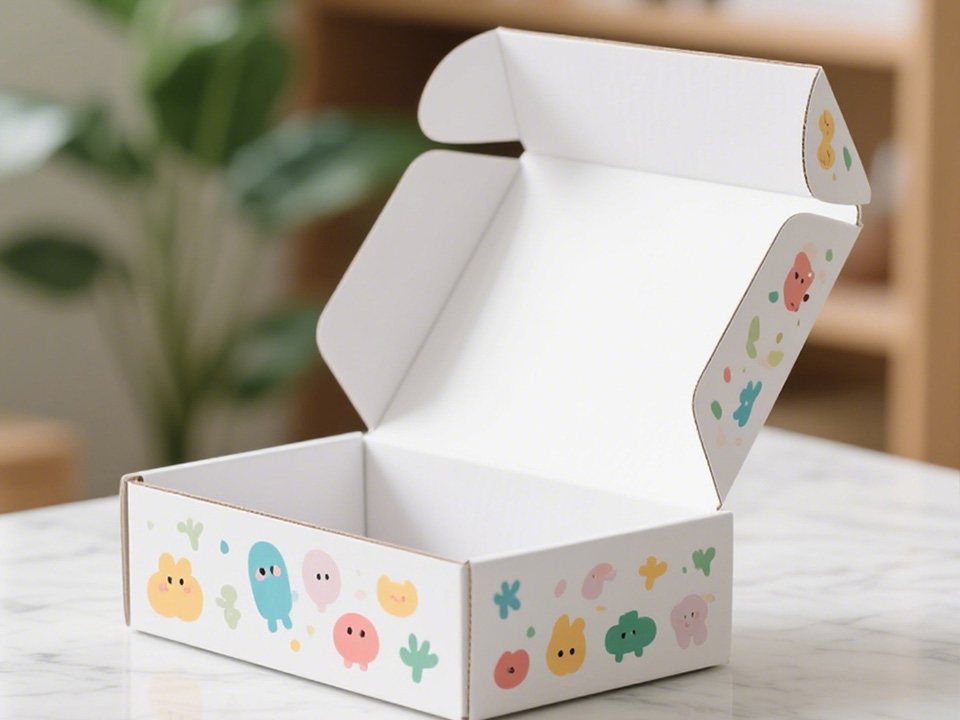
User experience reconstruction: Commercial transformation of the sense of ritual of unboxing
Map the unboxing journey like a product flow
Great unboxing mirrors great UX: clear entry point, minimal friction, one surprise. Lid resistance, reveal timing, and insert geometry decide whether the moment feels premium or perfunctory. Drawer structures and ribbons on jewelry boxes or candle boxes pace the reveal and protect delicate items, reducing returns while elevating perceived value.
Sensory design as conversion capital
Texture, sound, and scent carry brand memory. A muted “thump” of a rigid lid signals solidity; a satin liner cues care. Spot-UV over matte grounds creates a fingertip pause right where you place your story. Add a thank-you card or a compact brand manifesto; keep copy crisp and human. If trial sizes fit, create a “discover pocket” within folding cartons to seed cross-sell without bloating the footprint.
Share loops built into structure
Design a camera-ready stage. High-contrast interiors frame the product for photos; pre-printed hashtags and tiny prompts nudge posting without shouting. Consider hybrid kits with a premium outer and an everyday refill system; present both beautifully to normalize repeat orders.
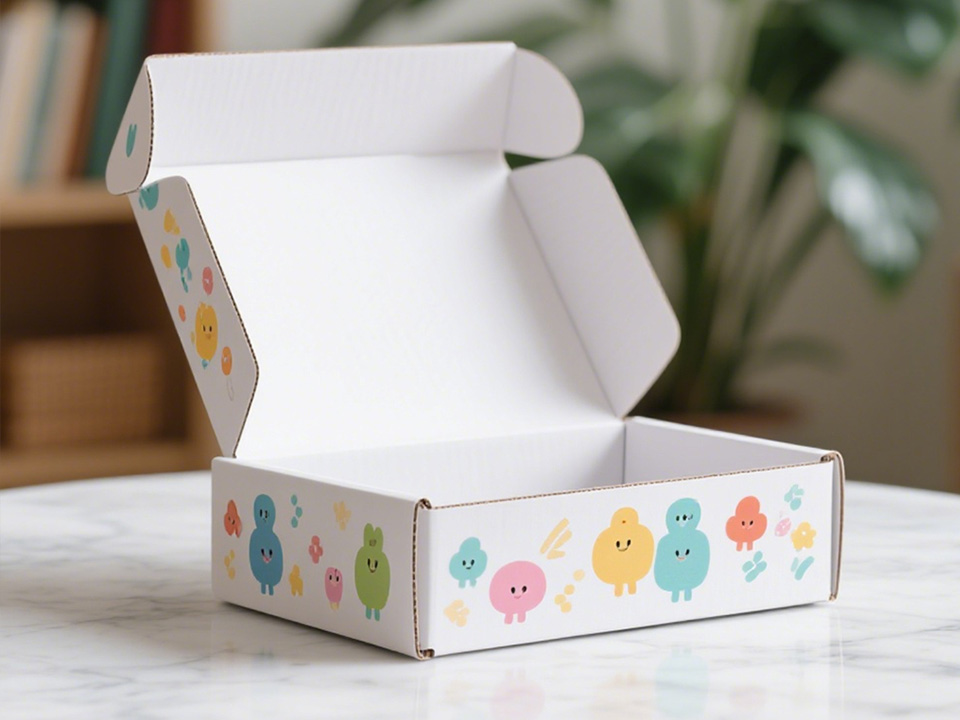
Intelligent Interaction Revolution: Packaging Awakening in the Internet of Things Era
Smart packaging for guidance, service, and safety
QR onboarding replaces bulky manuals, shrinking waste and boosting adoption. NFC chips can unlock authenticity checks on high-risk categories like cosmetics and electronics; serialized codes link each unit to a dynamic page that updates instructions, recalls, or loyalty rewards over time.
Data feedback loop without friction
Treat each scan as the start of a consented relationship. Offer value—a setup shortcut, style quiz, or reorder discount—then capture lightweight preferences. Aggregate trends by SKU, region, and creative to inform the next print run. With modular artwork, you can A/B test claims or colorways across batches on cardboard displays and secondary packs to see which variant moves the needle in-store.
Content in the box, content on the screen
Pair tactile wow with motion. A scannable how-to video or an embedded screen in a VIP kit—think video brochure—turns usage into content. Keep file sizes lean and the landing page mobile-first; the most powerful moment is seconds after the seal breaks.
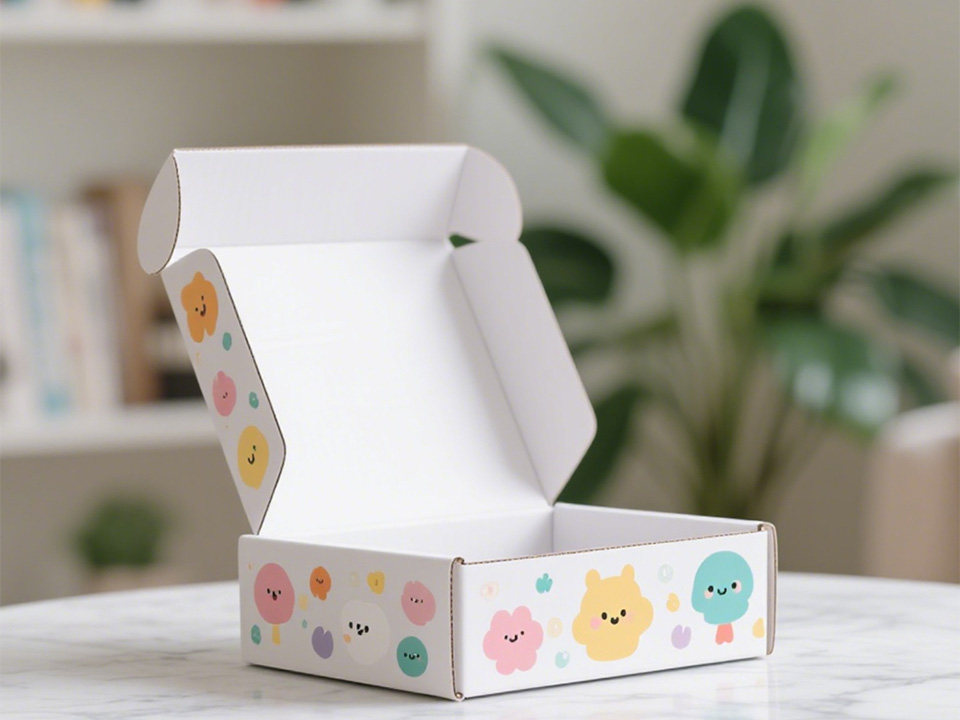
Environmental Value Reshaping: From Cost Center to Brand Asset
Design for reduction, reuse, and recognizable responsibility
Sustainability pays back in trust and efficiency. Right-size structures to remove void fill; select recycled papers with textures that feel intentional, not apologetic. When gifting is core, elevate reusability: rigid drawers that become keepsake organizers or paper tube packaging that lives on as storage. Print a clear disposal or reuse icon set on the base panel so buyers act without guesswork.
Materials and finishes that carry meaning
Uncoated or soft-touch papers cue naturalness; metallic accents used sparingly signal celebration. For retail, durable paper gift bags with reinforced handles extend brand life into the street. In transit, custom mailers and inserts from the same palette create continuity from doorstep to desk.
Circularity that scales operations
Build a modular system: a master outer, adaptable inserts, and standardized dielines across SKUs. That discipline compresses lead times and simplifies replenishment, while every box still reads unmistakably “you.” For seasonal spikes, flat-packed collapsible gift boxes protect cash flow and warehouse space, then assemble quickly at pack stations.
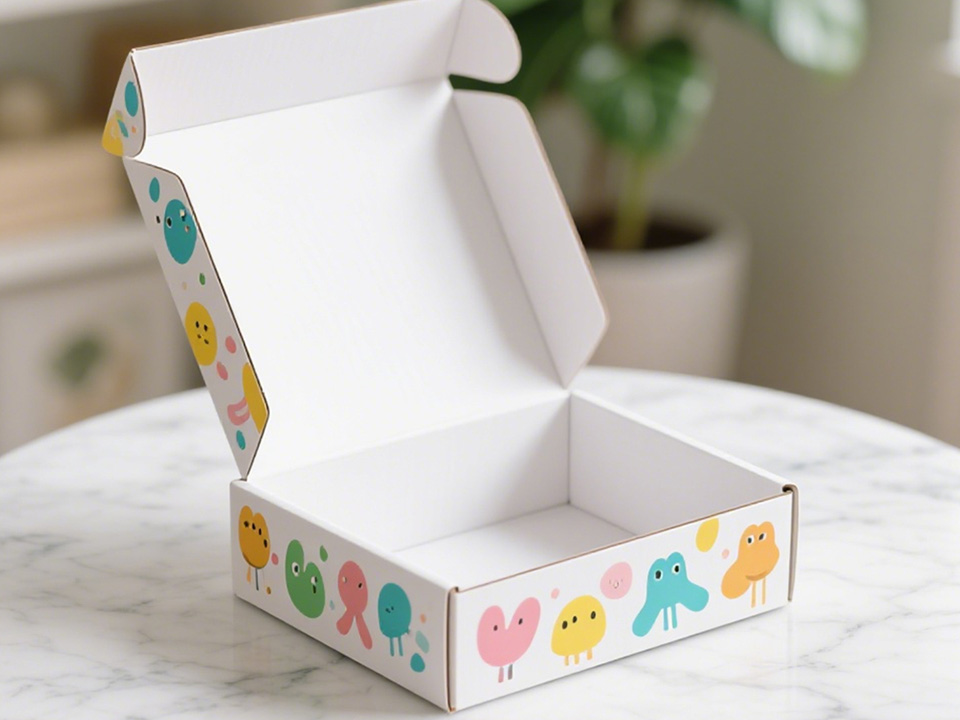
Summary
A box can be a billboard, a guide, a data handshake, and a sustainability statement—all at once. Treat it as a super medium and you’ll grow beyond decoration into performance: consistent memory cues on the shelf, a cinematic unboxing at home, a live channel for service and loyalty, and a material language that mirrors your values. Start with one product line. Tighten your message hierarchy. Add a scan-to-value moment. Right-size the structure. Then scale across categories—apparel boxes, cosmetic boxes, and electronics boxes—until packaging becomes the most persuasive media you own. When you’re ready to brief or sample, begin at the homepage to align on materials, structures, and timelines with the team.






